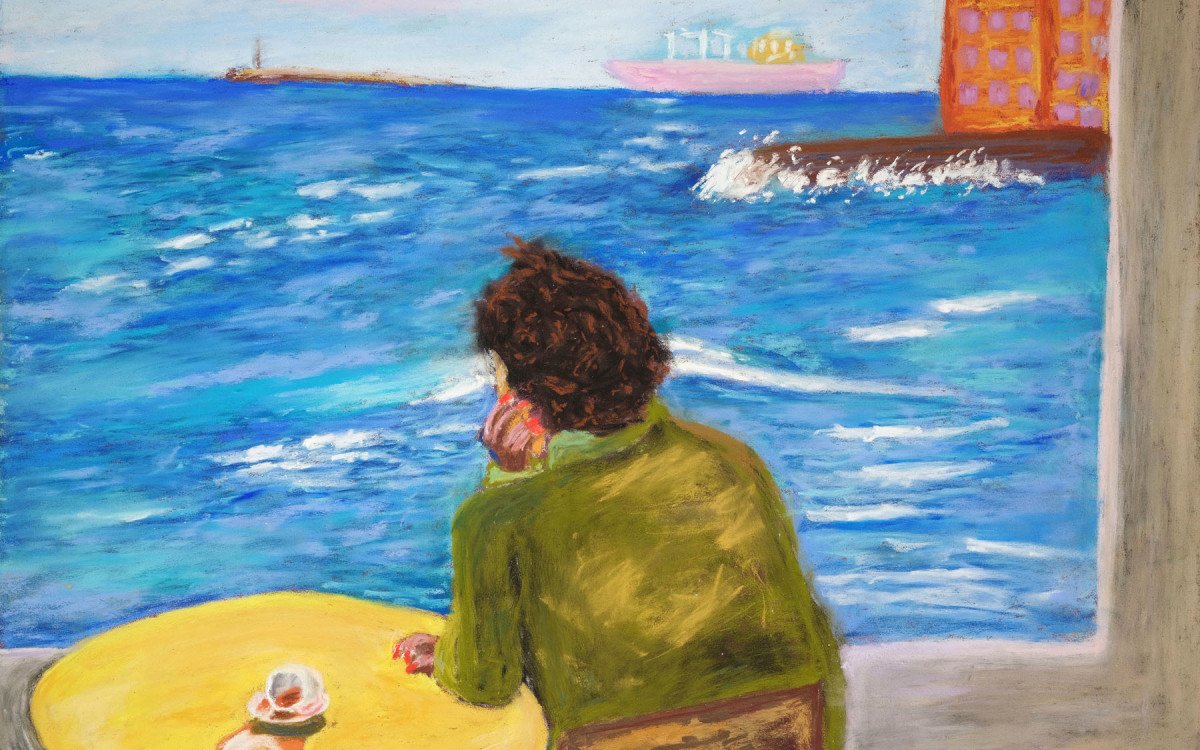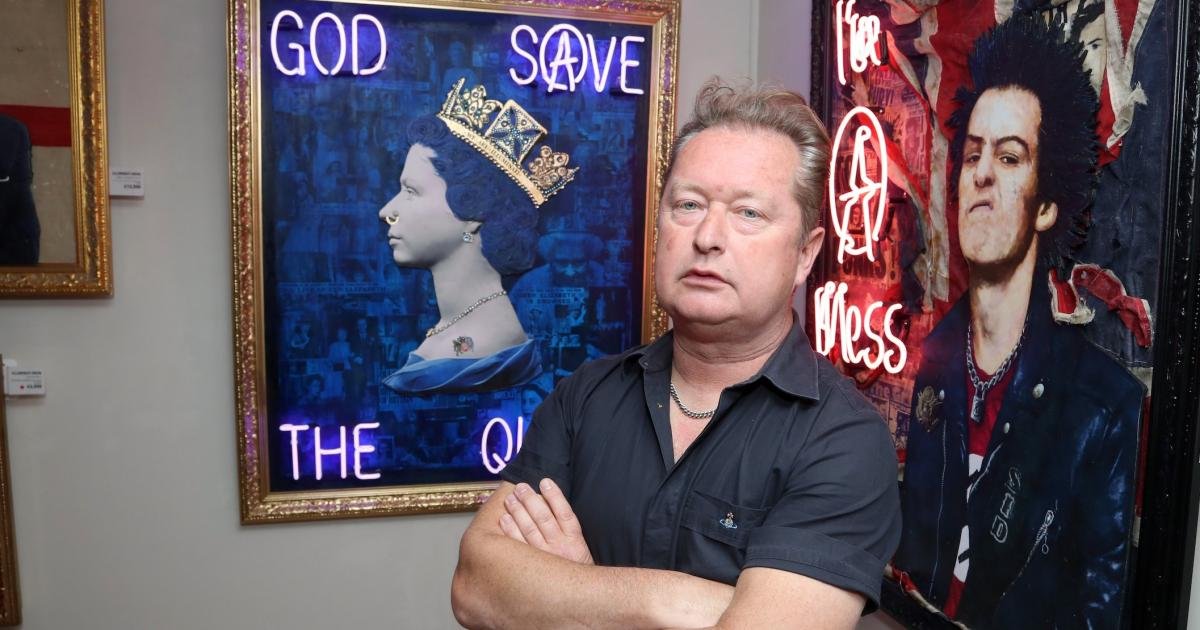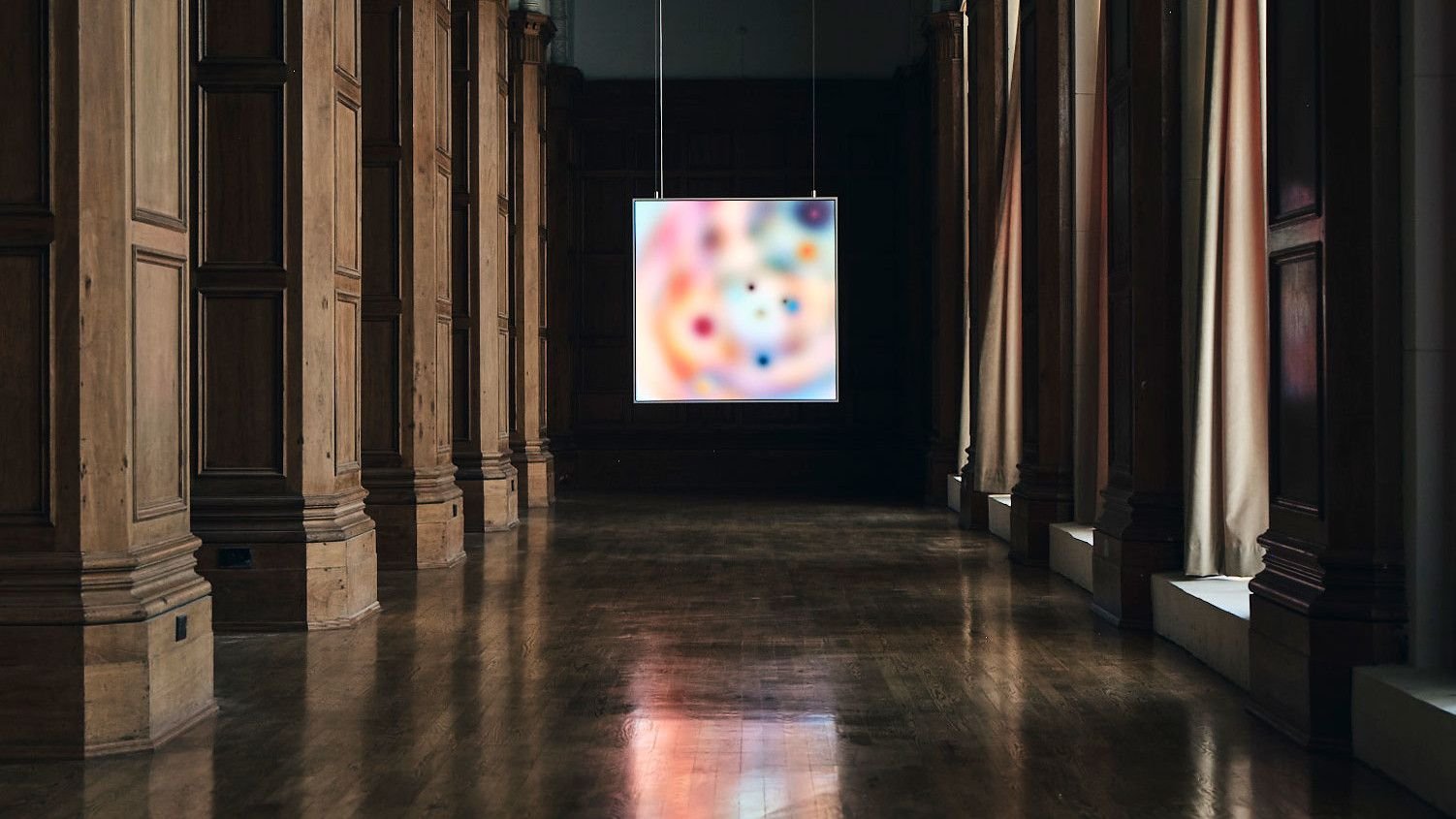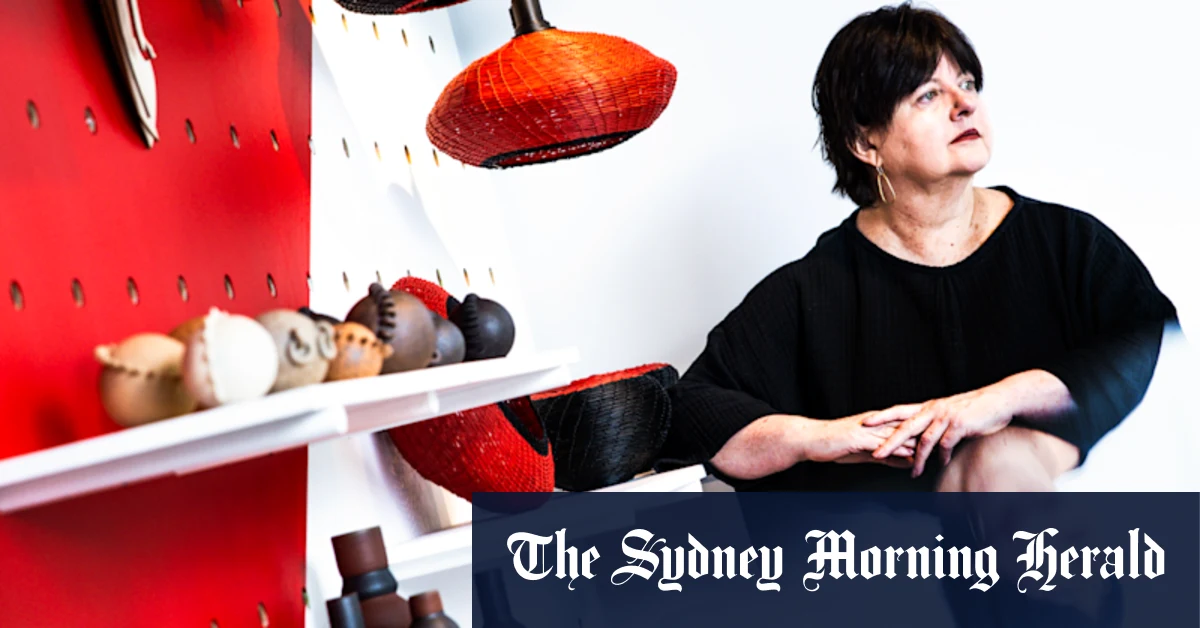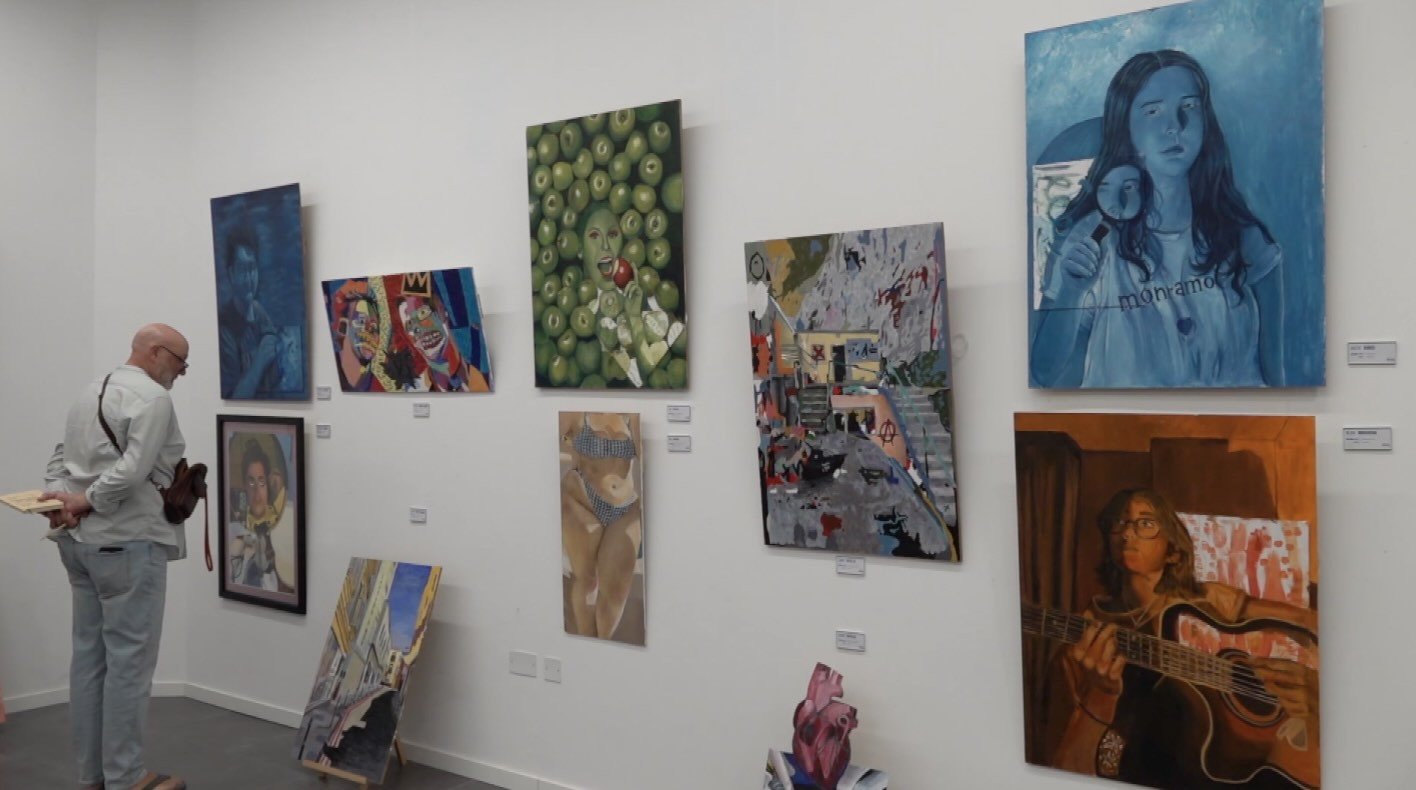Hura recognizes that without context, international viewers may read some of these images differently to those at home in India. “Bigoted relative,” for example, depicts two cups—one glass, the other metal—on a kitchen table. In some houses, it is common to use different glasses for tradespeople or guests from a lower caste. While we may read this image as a simple still life, Indian viewers will recognize it as a symbol of intolerance. “I like the idea that different people will take away a different reading,” says Hura. “I want the book to really invite someone to look again… And that’s the way I’m looking at it, more cumulatively, like something rolling down a hill or slope and collecting things along the way.”
There is a sense of familiarity to the book as an object that urges a closer reading. The images are hand-titled in pencil and enclosed within a squidgy foam cover—reminiscent of the kinds of family albums we’d recognize from the 80s and 90s. The medium of pastel feels nostalgic, too, perhaps one of the earliest materials we are taught to draw with. The book is Hura’s “algorithm,” but it is also a blueprint, representing the random, and at times absurd, intersections of love, violence and humor that punctuate all of our lives.

